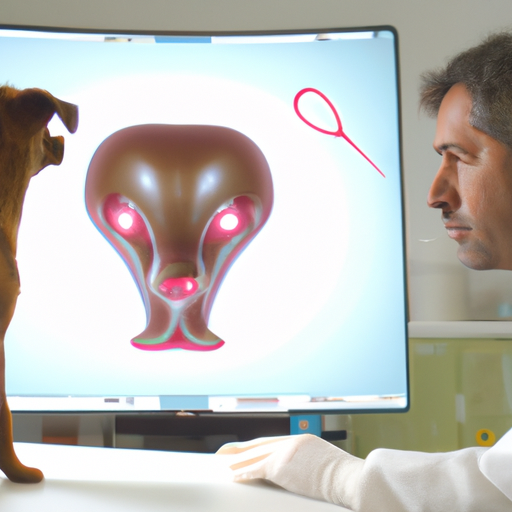As a dedicated pet parent, the health of your furry friend is paramount. This guide provides comprehensive information on how to treat bladder infection in dogs, ensuring they stay healthy and happy.
Understanding Your Dog’s Urinary System
The urinary system in dogs functions similarly to ours. It filters out toxins from the blood and expels them through urine. If this system is compromised, it can lead to a urinary tract infection (UTI) commonly known as a bladder infection.
The bladder is particularly susceptible to bacterial infections, which can cause symptoms like frequent urination, excessive licking of the urinary opening, or even blood in the urine. A bladder infection can be painful for your dog and if left untreated, it can lead to more serious health problems.
Recognizing the Symptoms of a Bladder Infection in Your Dog
Being a vigilant caregiver, it’s important to note any changes in your pet’s behavior. Recognizing the symptoms early can make a significant difference in your dog’s health. Here are some symptoms to watch out for:
- Frequent urination with small amounts of urine
- Blood in the urine
- Struggling or crying out during urination
- Excessive licking of the urinary opening
Diagnosing a Bladder Infection
If you suspect your dog has a bladder infection, it’s crucial to seek veterinary help. Your vet will likely perform a urinalysis to detect any bacteria, white blood cells, or red blood cells in the urine.
Your vet may also conduct an ultrasound or x-ray to check for bladder stones or other abnormalities.
| Diagnostic Test | Purpose |
|---|---|
| Urinalysis | Detect bacteria, white blood cells, or red blood cells |
| Ultrasound | Check for bladder stones or other abnormalities |
| X-Ray | Check for bladder stones or other abnormalities |
Treating Your Dog’s Bladder Infection
Once the bladder infection is confirmed, your vet will prescribe antibiotics to kill the bacteria causing the infection. Depending on the severity of the infection, treatment can last anywhere from a few days to several weeks.
- Antibiotics: These are the primary treatment for bladder infections.
- Increase water intake: Encourage your dog to drink more water to help flush out the bacteria.
- Dietary changes: Depending on the type of infection, your vet may recommend a special diet.
Keep in mind that even after the symptoms have disappeared, it’s crucial to continue the prescribed treatment to ensure the infection is completely cleared.
Preventing Future Bladder Infections in Your Dog
Prevention is always better than cure. Maintain a healthy diet for your dog, keep them hydrated, and ensure they get regular exercise. Regular check-ups with your vet can also help detect and prevent potential health problems early.
Frequently Asked Questions
Q: Can a bladder infection in dogs clear up on its own?
A: No, bladder infections typically require treatment with antibiotics and won’t clear up on their own.
Q: Can a bladder infection in dogs be serious?
A: Yes, if left untreated, a bladder infection can spread to the kidneys and become life-threatening.
Q: How long does it take for a bladder infection to clear up in dogs?
A: With proper treatment, most bladder infections clear up within a week or two.
Remember, you are your pet’s best advocate. As a caregiver, staying informed about potential health issues and how to address them is the best way to ensure your furry friend lives a long, happy, and healthy life.



